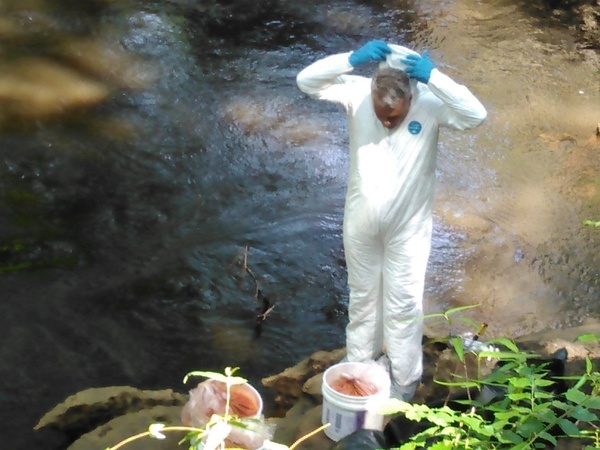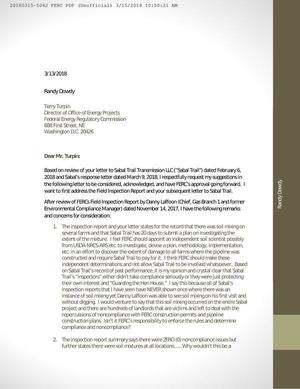Heather Brasell demonstrated why she is the 2023 Tree Farmer of the Year of the American Tree Farm System, in a thorough discussion of many aspects of forest management, from water quality testing to logging, replanting, prescribed burns, and herbicides, to educating the public.
As she said, forestry is more than just Best Management Practices, and sustainable forestry is more than replanting trees. Plus good stewardship costs money that may not be offset by income.
Here is the video:
https://youtu.be/WLyaMNlBAx4
She spoke in a WWALS Webinar via zoom on the impacts of forest management on water quality, from noon to 1 PM, Thursday, November 14, 2024. WWALS president Sara Squires Jones gave a brief introduction before Heather spoke, and the last ten minutes were for questions and answers.
![[Forest Management and Waterways, Heather Brasell, GEFC, WWALS Webinar 2024-11-14]](https://www.wwals.net/pictures/2024-11-14--heather-brasell-forest-management-waterways-wwals-webinar-video/fbmany.jpg)
Forest Management and Waterways, Heather Brasell, GEFC, WWALS Webinar 2024-11-14
This is the same topic as when Heather spoke at the Continue reading

![[Map and Grand Bay Creek Bridge]](https://www.wwals.net/pictures/2023-07-18--ga-31-grand-bay-creek-encroachment/many.jpg)
![[Map: Lakeland Highway widening in ARWT]](https://www.wwals.net/pictures/2023-07-18--ga-31-grand-bay-creek-encroachment/2023-07-19--map-lakeland-highway-widening.jpg)




